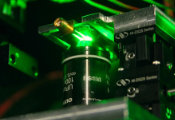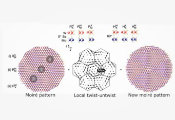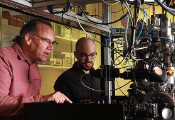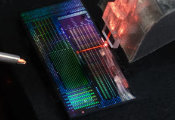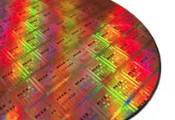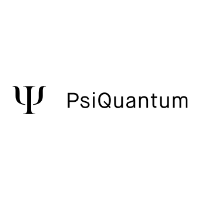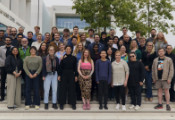Quandela Accelerates Quantum Spin-Photon Simulationby 20,000x With NVIDIA CUDA-Q
Quandela and NVIDIA have achieved a transformative 20,000x acceleration in quantum photonics simulation using NVIDIA CUDA-Q the GPU-accelerated platform for hybrid quantum-classical computing. This breakthrough dramatically reduces development cycles for quantum optical hardware from months to hours, advancing Quandela’s Spin–Photonic Quantum Computing (SPOQC) architecture for fault-tolerant quantum computing while also creating new opportunities for hybrid quantum–classical computing approaches that combine the strengths of both paradigms.
The advance builds on Quandela’s Zero-Photon Generator (ZPG)method, which reformulates complex photon-mediated dynamics into parallelizable master equations, CUDA-Q’s master equation solver enhanced in v0.12 with support for custom superoperators andbatched Liouvillian evolution, make it possible to run hundreds of open-system simulations simultaneously on a single NVIDIA Hopper GPU, reaching an acceleration of four orders of magnitude compared to existing simulation tools. Together, these advances turn previously intractable light–matter simulations into a real-time engineering tool.
Dr. Jean Senellart, Chief Product Officer of Quandela, said: “This collaboration with NVIDIA represents a paradigm shift in how we approach quantum hardware development. What once took weeks of computation can now be done in minutes, enabling us to explore thousands of design variations and accelerate our roadmap to fault-tolerant photonic quantum processors.“
The collaboration demonstrates how GPU acceleration is now redefining quantum research. CUDA-Q v0.12.0 introduces the new superoperator and batching features developed through this joint effort, now publicly available for researchers and developers.
Sam Stanwyck, Group Product Manager for quantum computing at NVIDIA, commented: “Development of larger and more performant quantum hardware requires increasingly more complex simulations. Quandela’s work with CUDA-Q shows how GPU-accelerated simulations are compressing months of quantum hardware development into hours, and accelerating the development of useful accelerated quantum supercomputers.“
This milestone sets a new benchmark for simulating distributed spin–photon quantum gates, supporting Quandela’s broader mission to build fault-tolerant photonic quantum processors.


